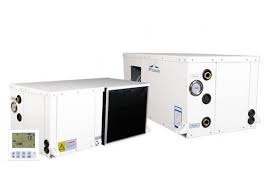In a world where the intersection of optics and climate control becomes increasingly crucial, Opticlimate emerges as a groundbreaking solution. This article delves into the innovative concept of Opticlimate, exploring its origins, key features, applications, and potential impact on various industries.
Background:
Provide a brief history and context for Opticlimate, explaining its development and the driving forces behind its creation.

Optics and Climate Control Integration:
Discuss how Opticlimate integrates optics and climate control, providing a unique and effective approach. Highlight the synergies between these two traditionally separate domains.
Key Features:
Detail the standout features of Opticlimate, focusing on the technologies involved, sensors utilized, and any distinctive aspects that set it apart from conventional systems.
Applications
:
Explore the practical applications of Opticlimate across different industries. Provide examples of how this technology is utilized, potentially enhancing efficiency and precision in various settings.
Benefits:
List and elaborate on the advantages of incorporating Opticlimate. This could include improved energy efficiency, cost savings, enhanced environmental monitoring, or other positive outcomes.
Challenges and Considerations:
Acknowledge any challenges or limitations associated with Opticlimate. This section provides a balanced view, helping readers understand potential drawbacks or considerations when implementing this technology.
Future Outlook:
Discuss potential future developments and advancements related to Opticlimate. Are there ongoing research projects or emerging technologies that could further enhance its capabilities?
Conclusion:
Summarize the key points discussed throughout the article, emphasizing the significance of Opticlimate in the evolving landscape of optics and climate control.
